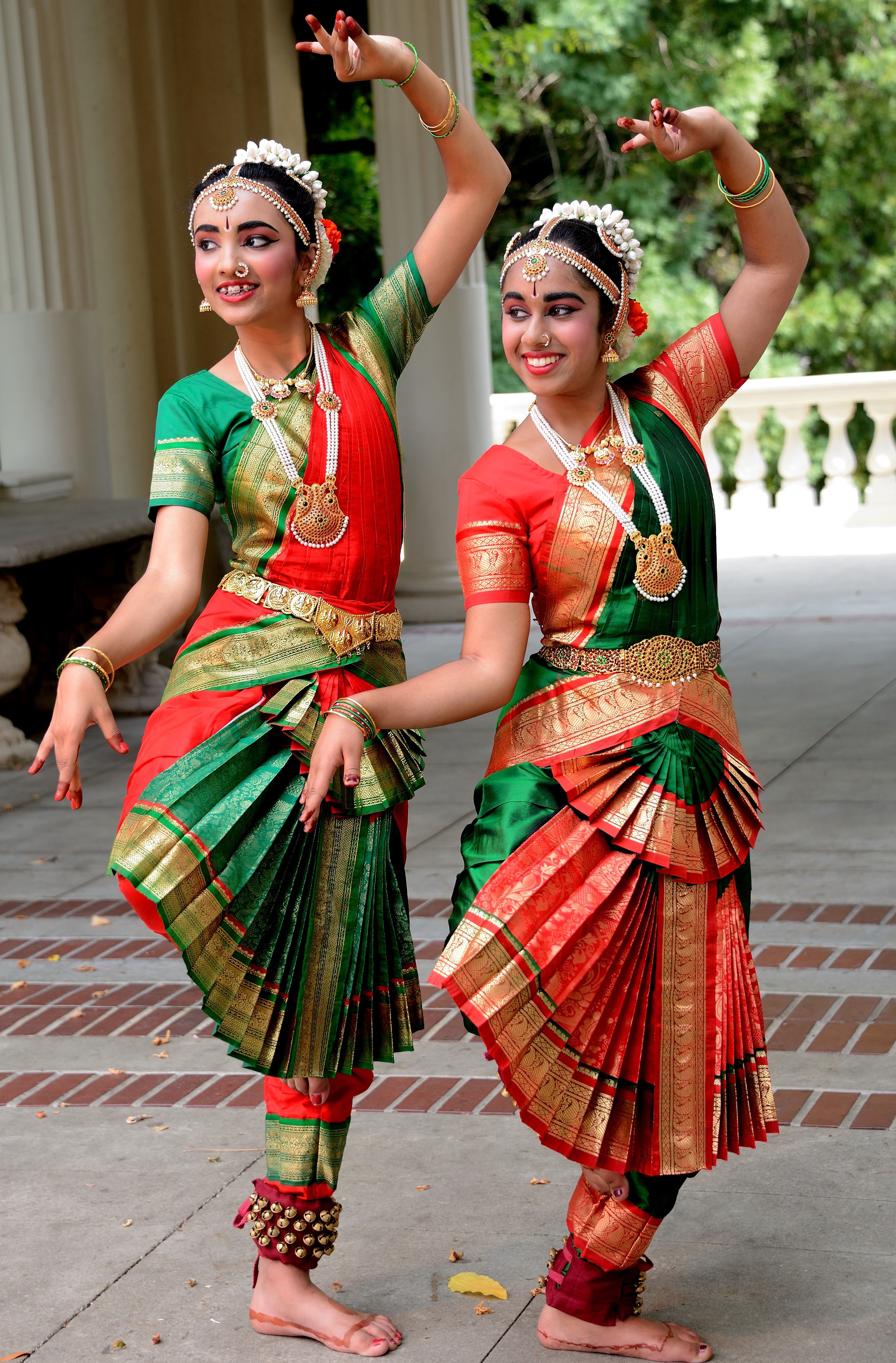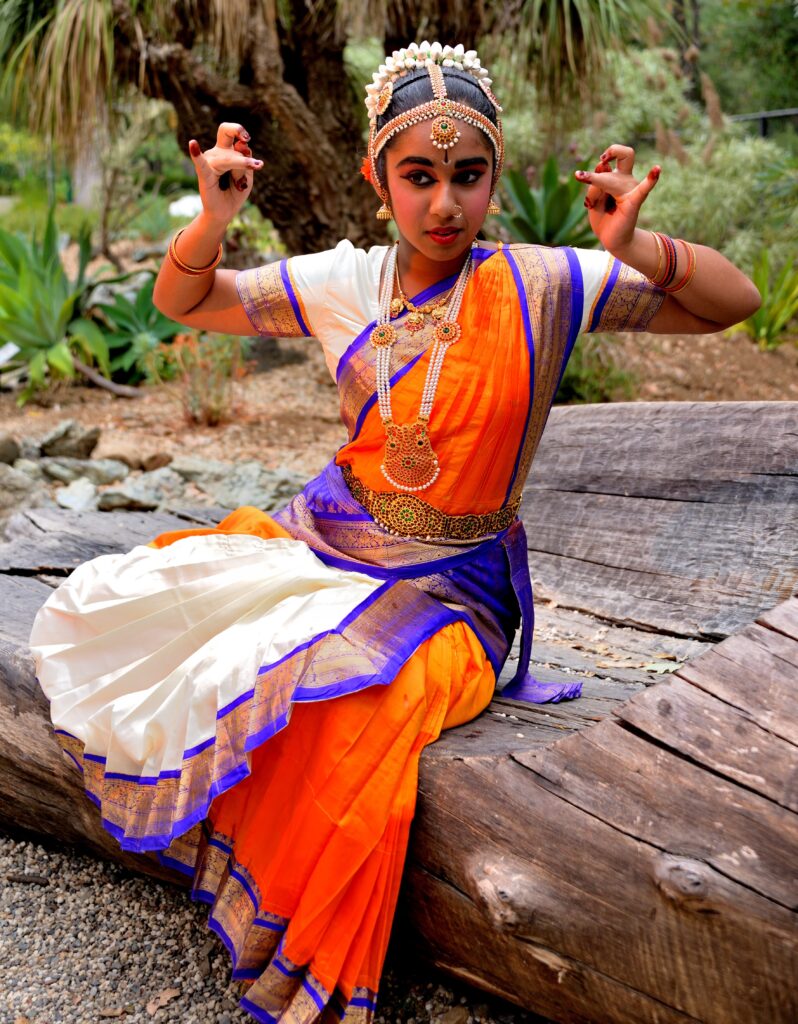ARANGETRAM
An arangetram is not a graduation—it’s not the end. It is a significant milestone, a powerful testament to years of dedication, discipline, and passion. To perform solo for over two hours requires more than talent—it demands the perseverance of an athlete, the grace of an artist, and the spirit of a seeker.
Through months of intense training, careful nutrition, and focused effort, a dancer prepares for this day with wholehearted commitment. An arangetram is not just a performance—it is a celebration of resilience, supported by devoted families and a community that nurtures art.
Read more –>

I learnt there are always opportunities to be better and perfecting technique doesn’t hurt anyone and can go a long way. That inspired me and gave me the drive to practice and put my inhibitions aside. I go by the saying, “You’re only as good as your last performance”.

My mom/teacher had been talking to my friend’s mom for a little while and they had decided that since both me and my friend, Shreya, already learn together, why not just do our arangetrams together? Both of us were obviously ecstatic, and so our journey began.
Out of the nine dances, my personal favorites are the Thillana, a pure dance piece and Jagadodharana, which is our joint Padam. As for the Padam, the endearing relationship shown between Krishna and Yashoda make it an extremely enjoyable and adorable dance.


